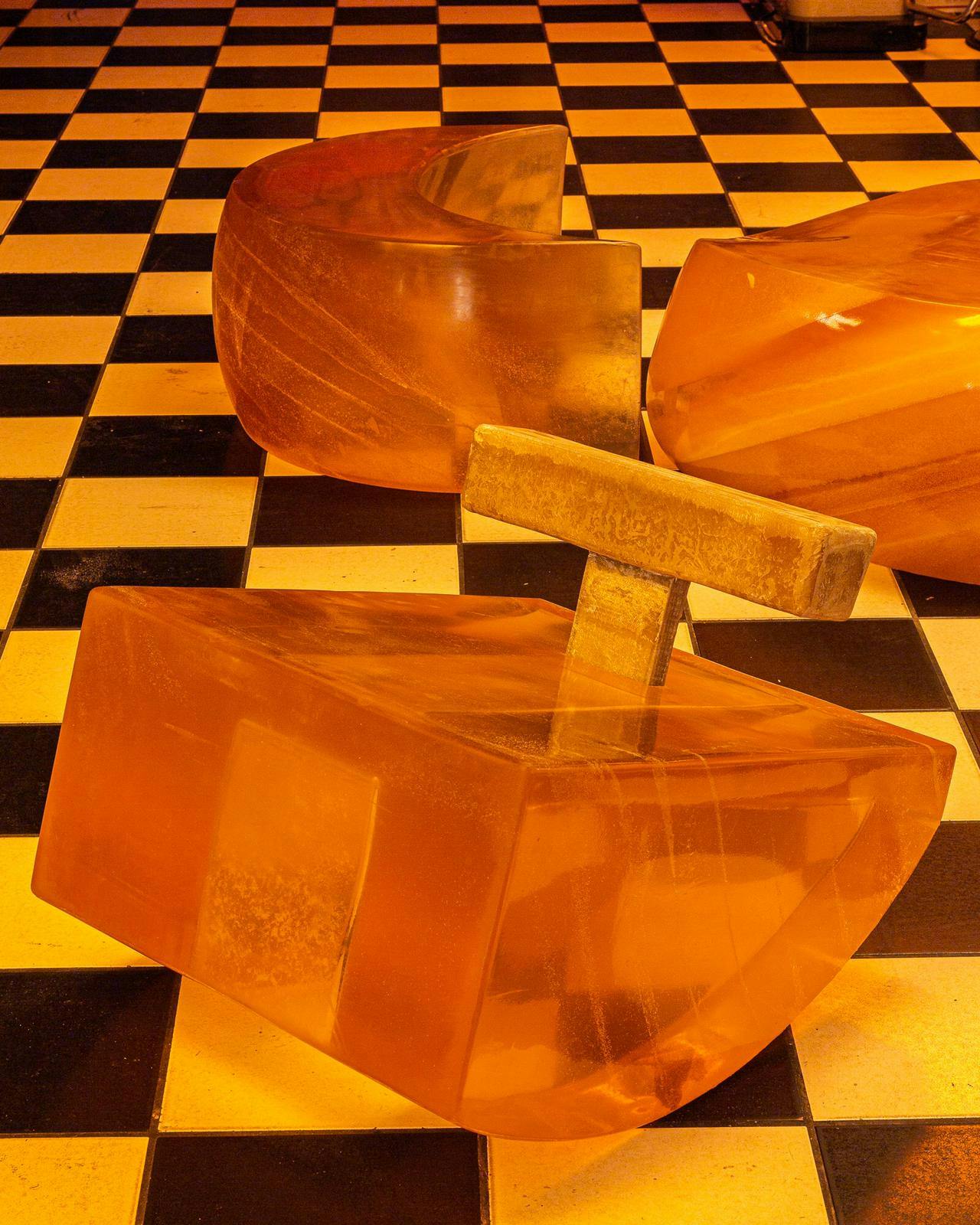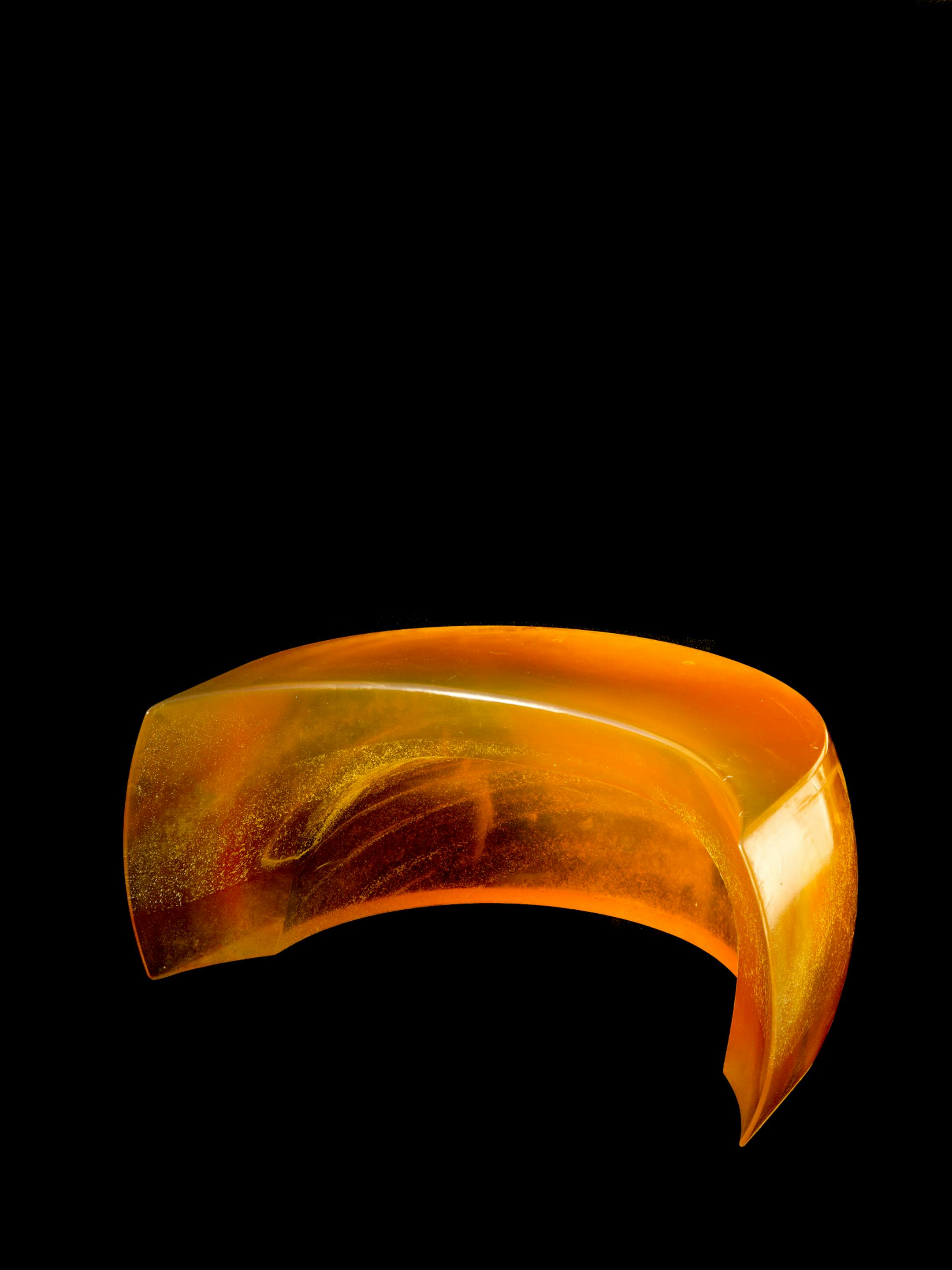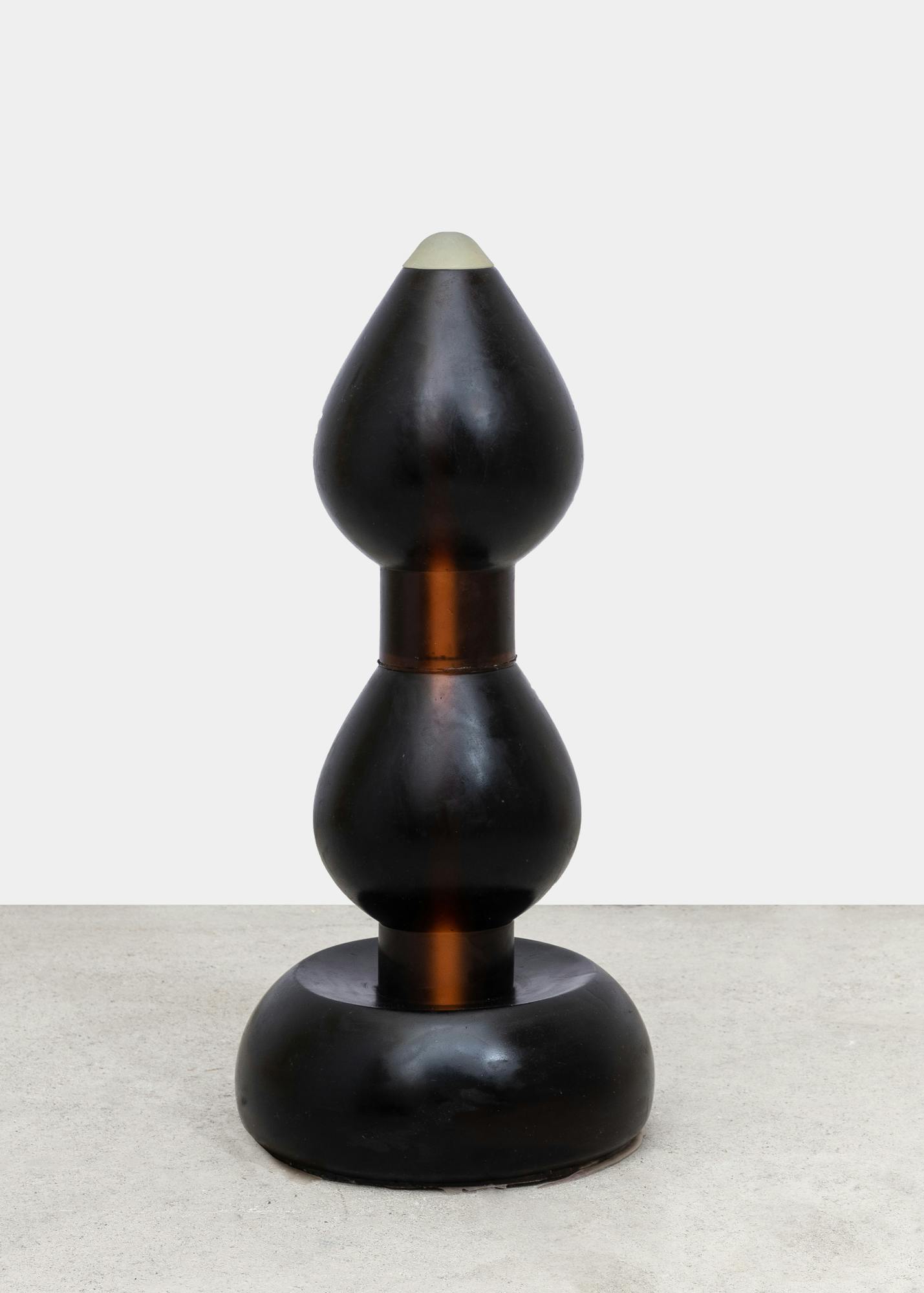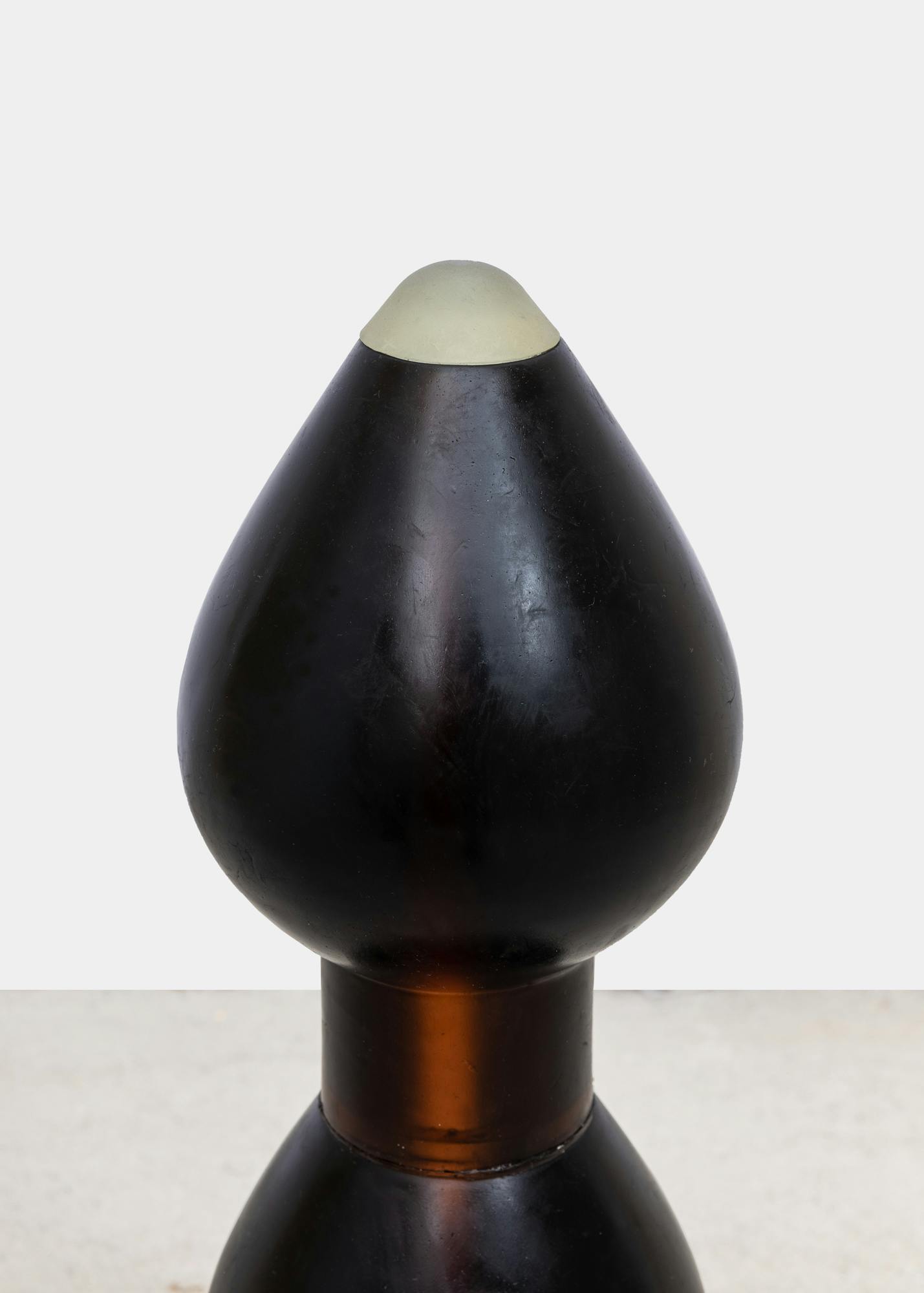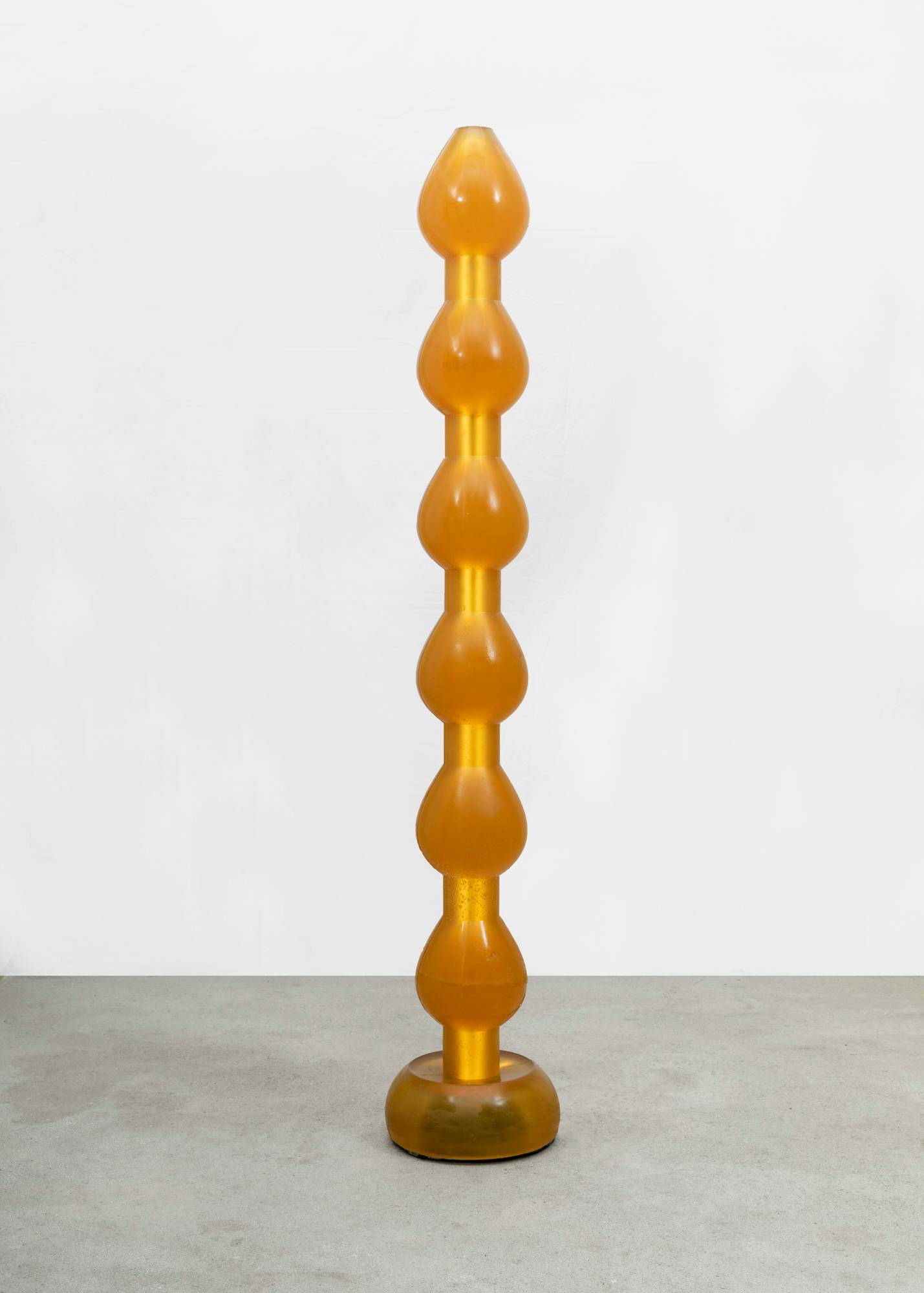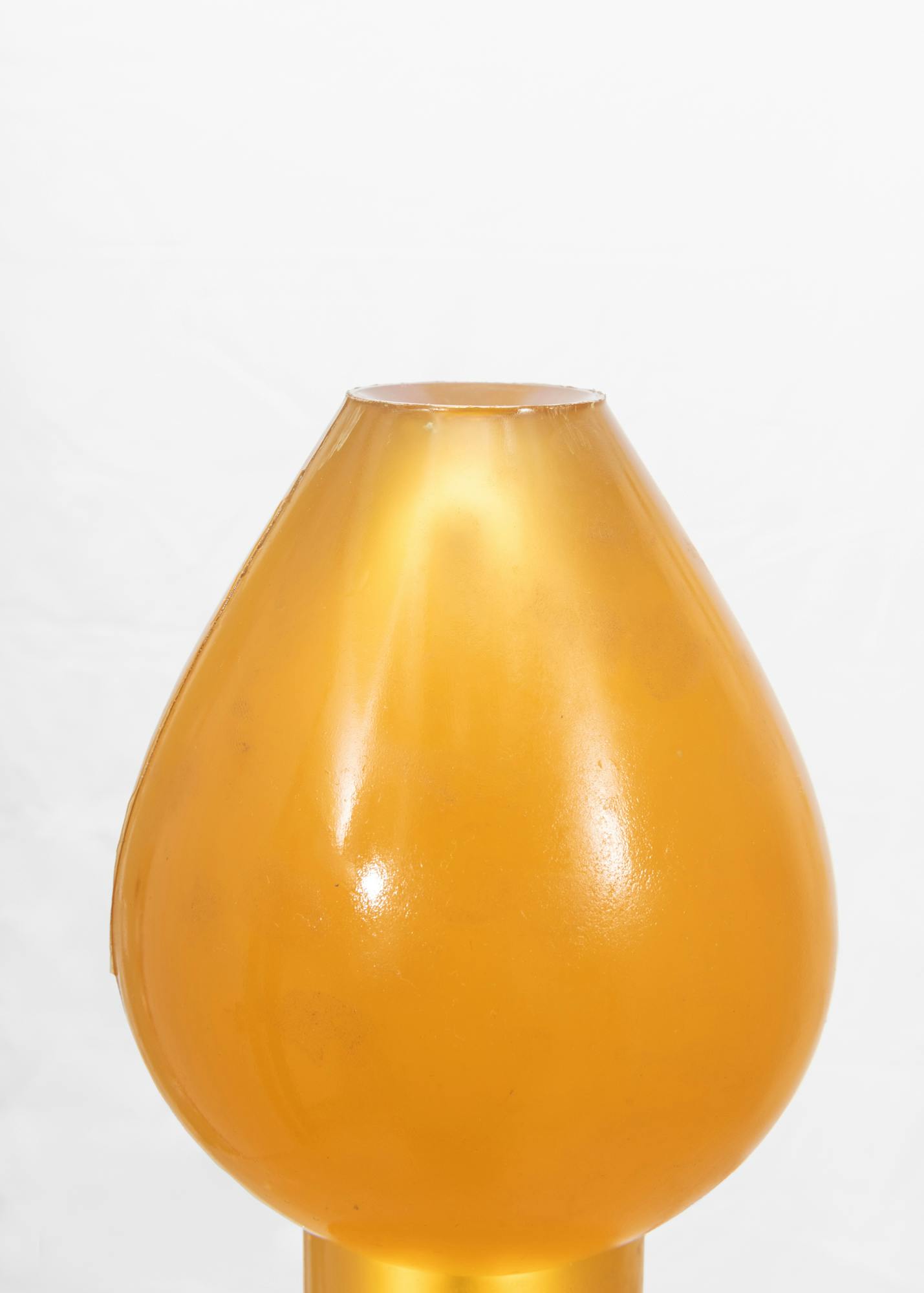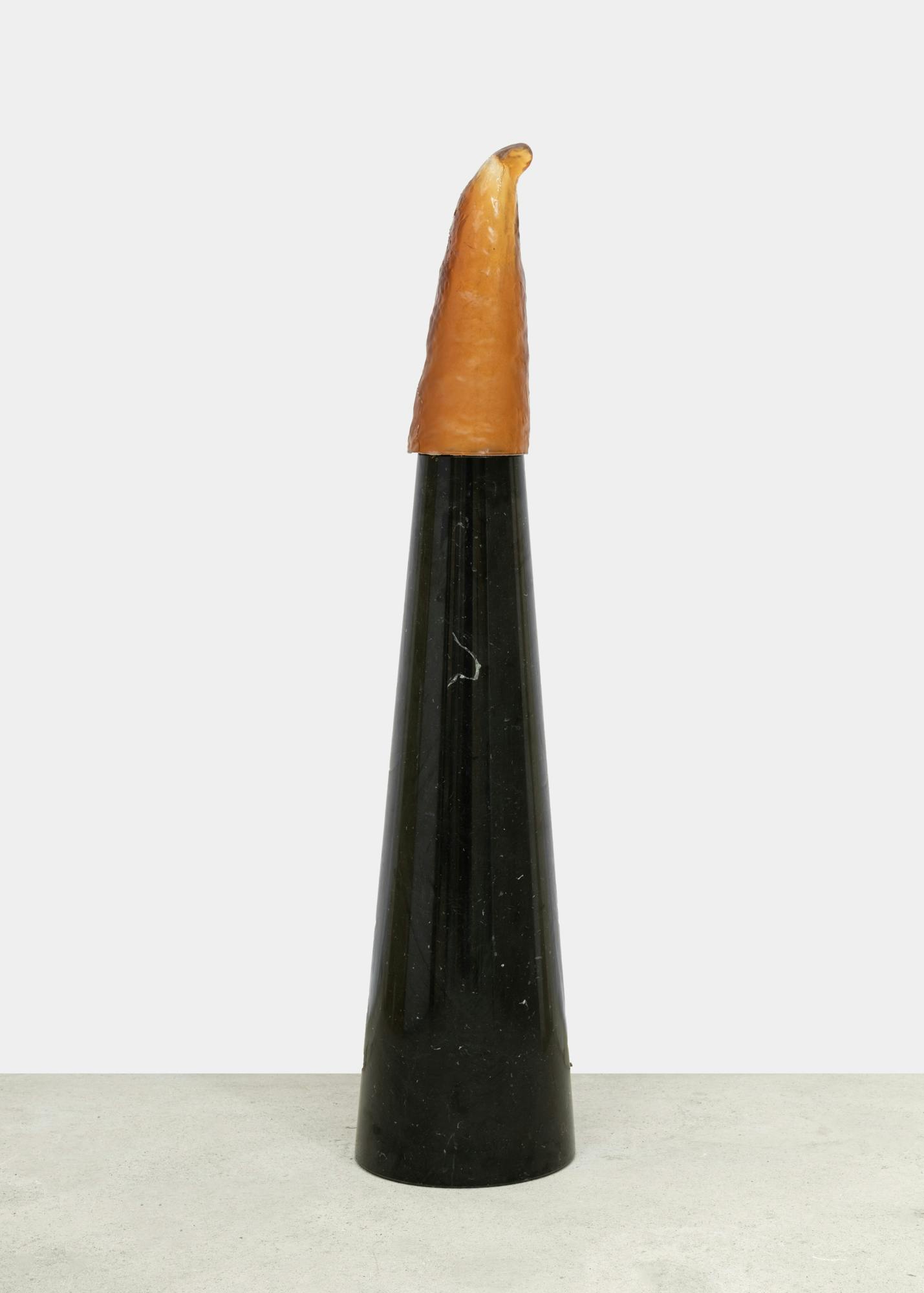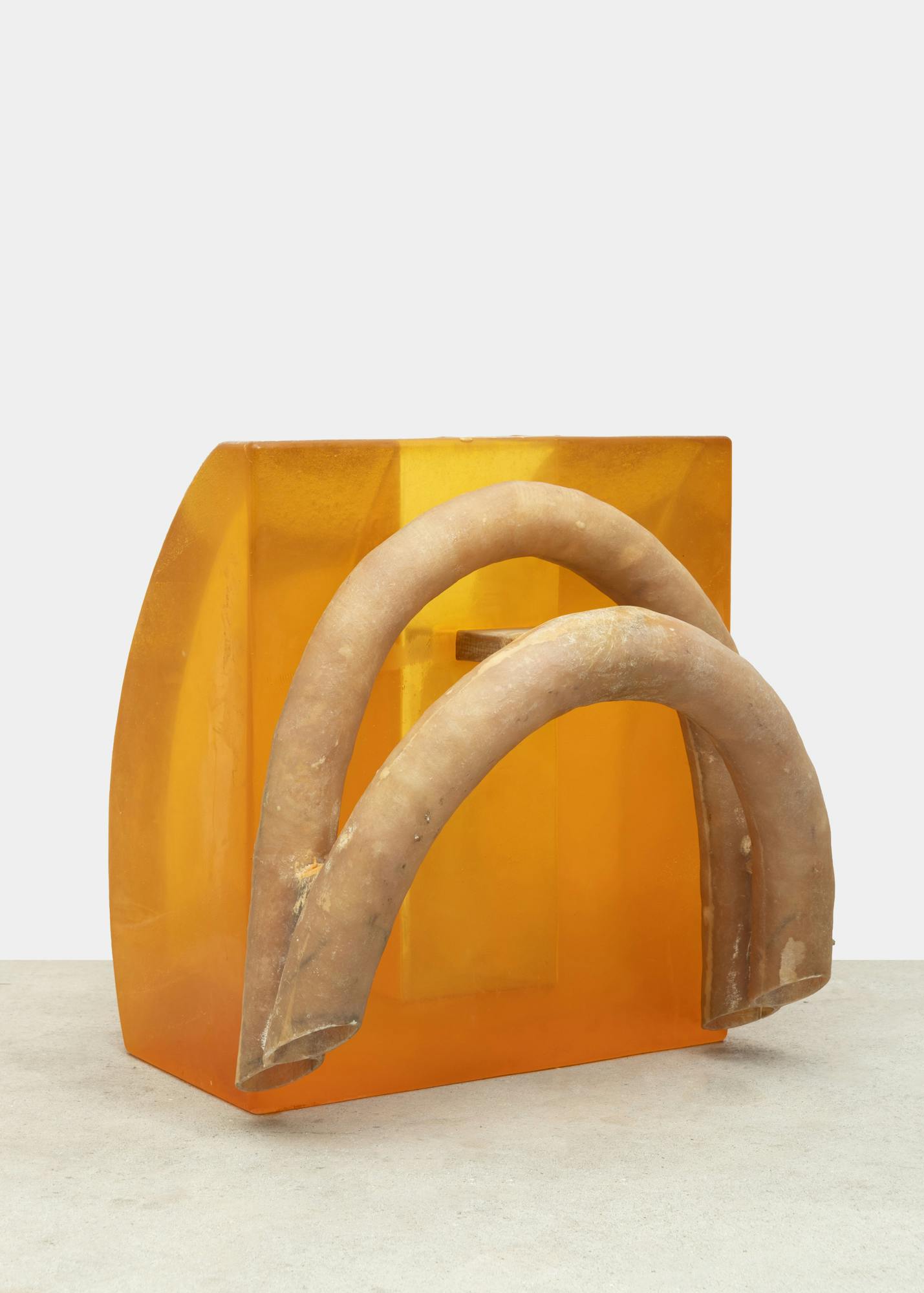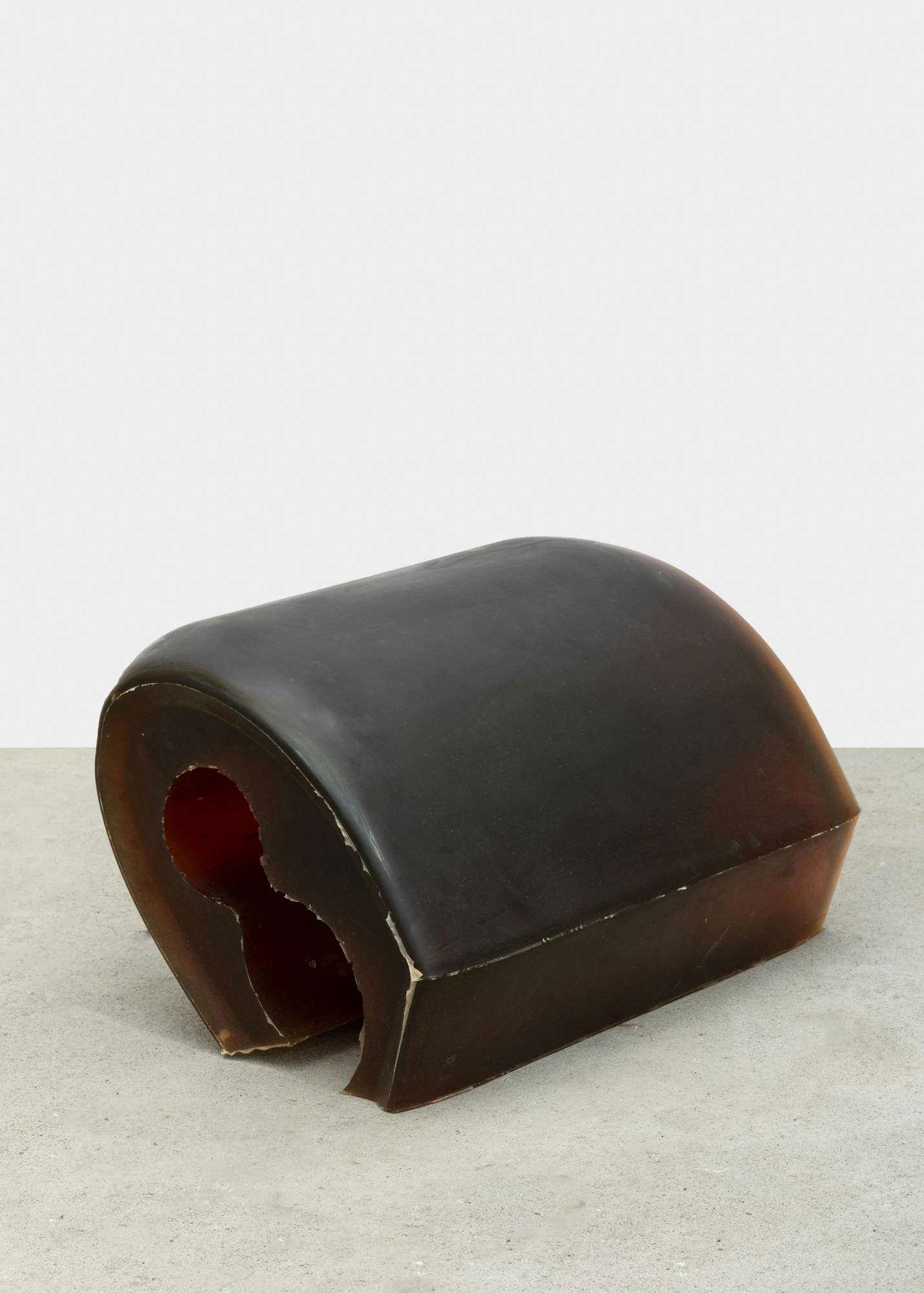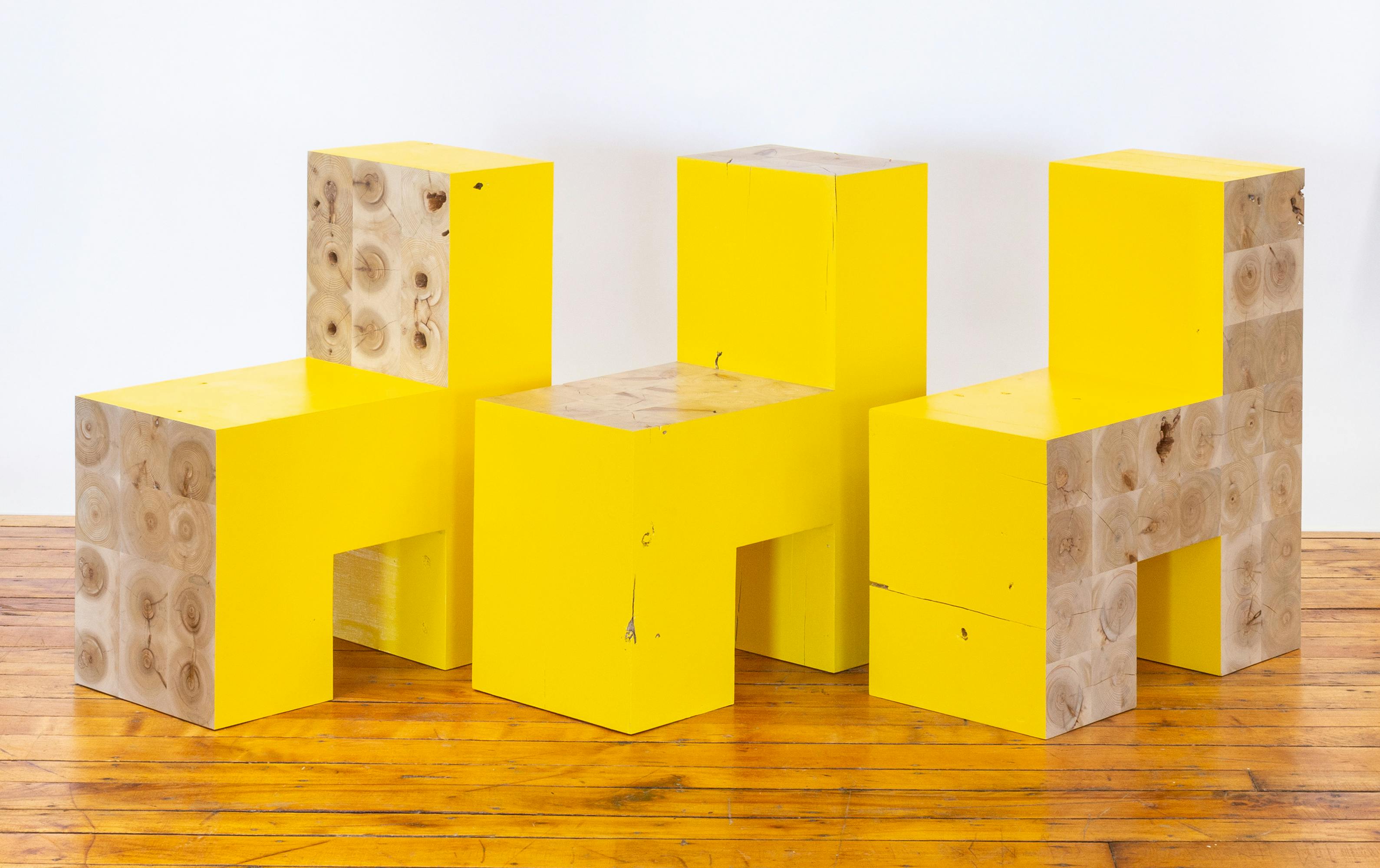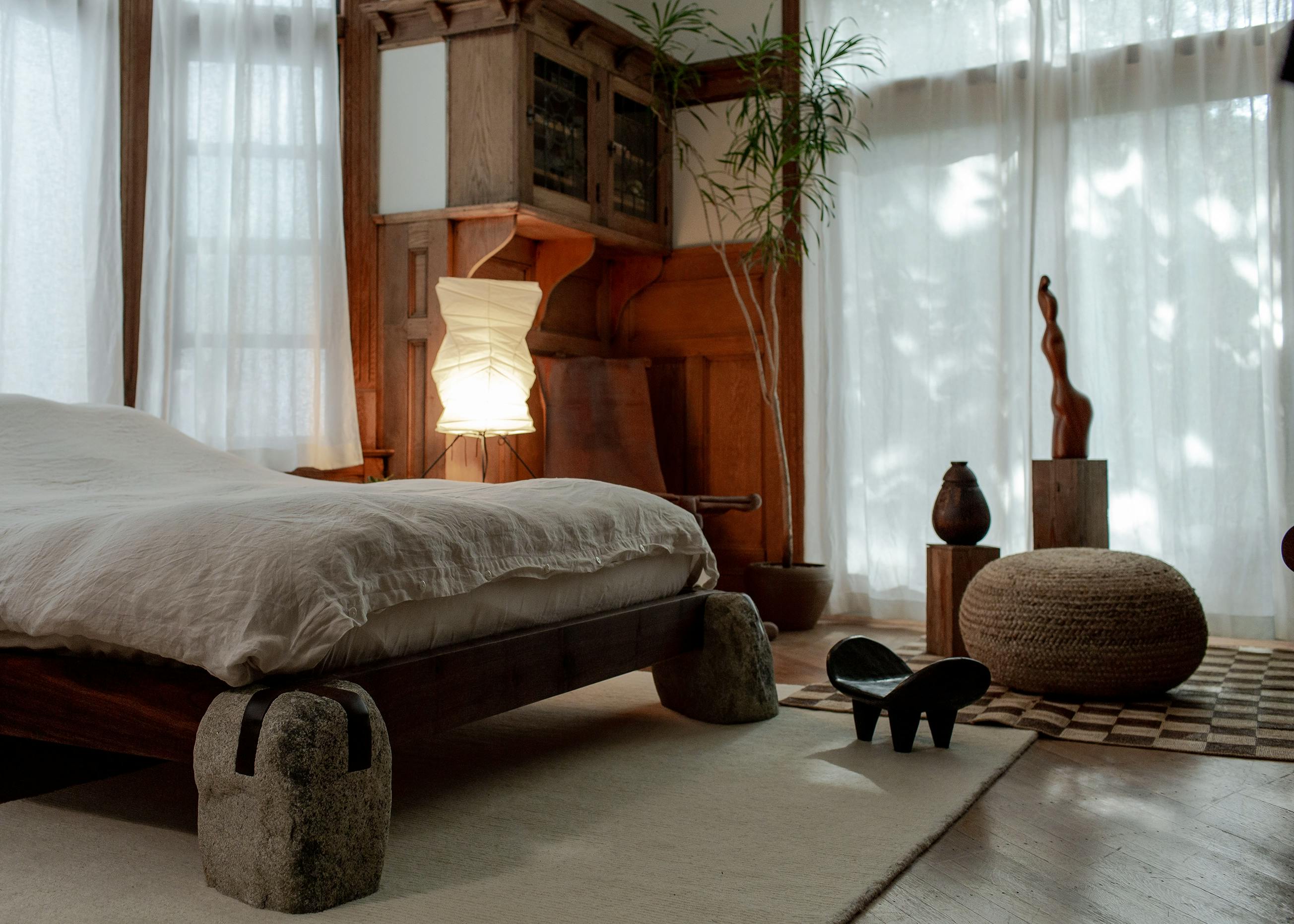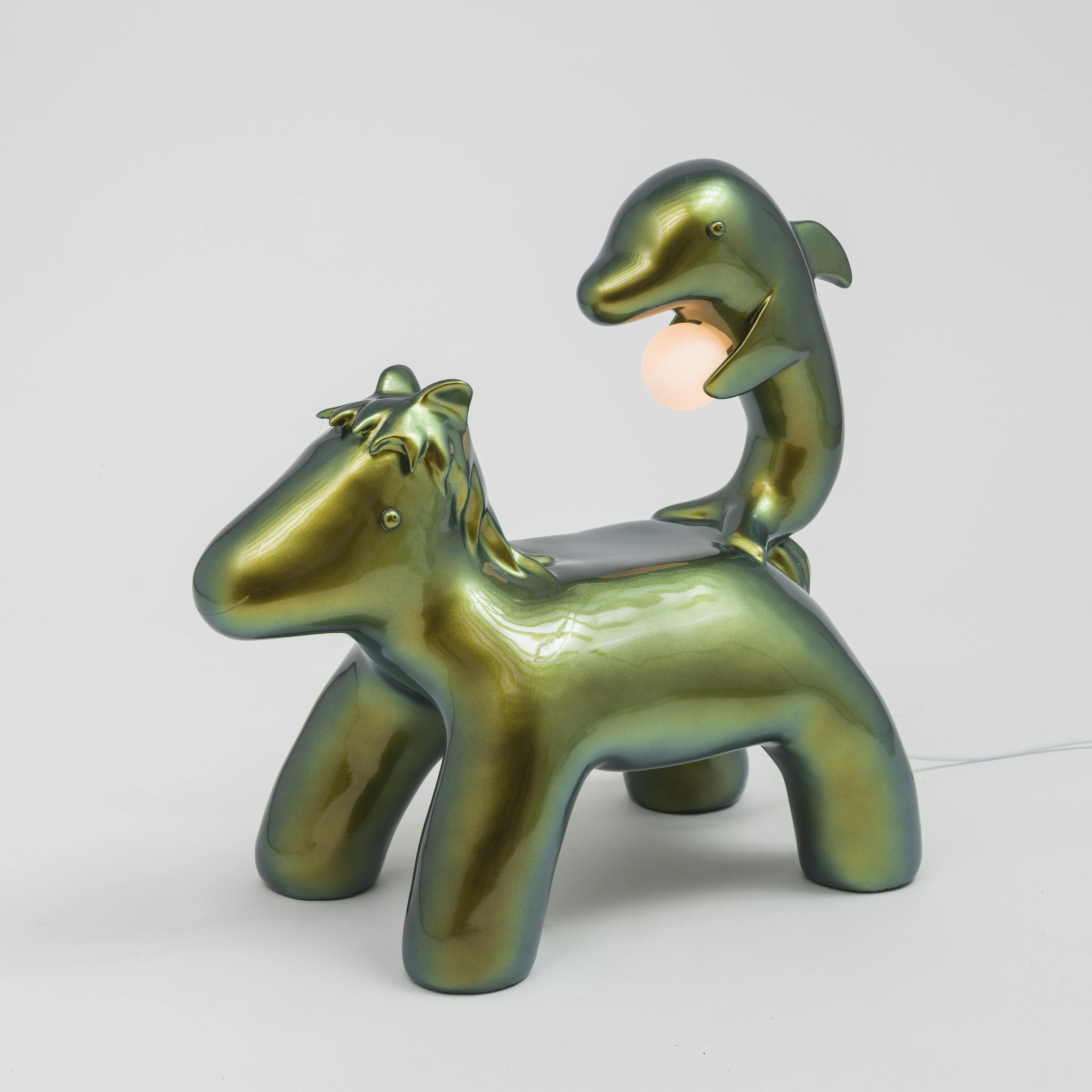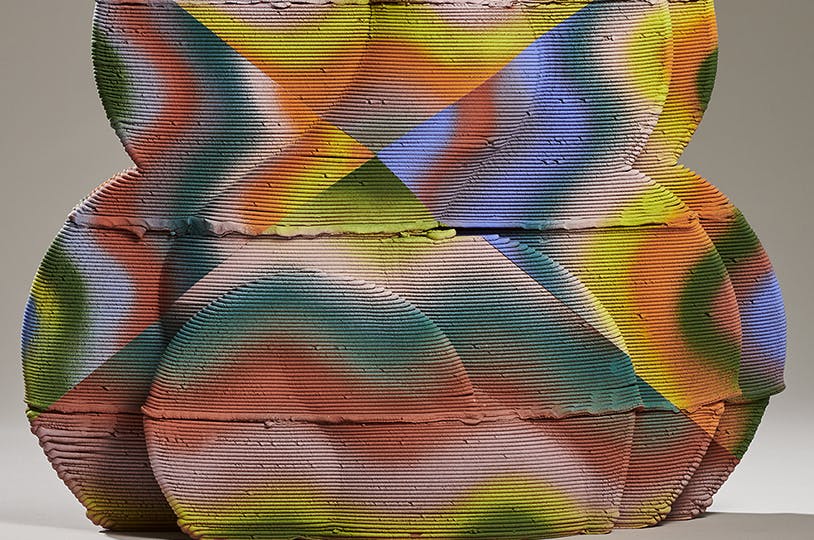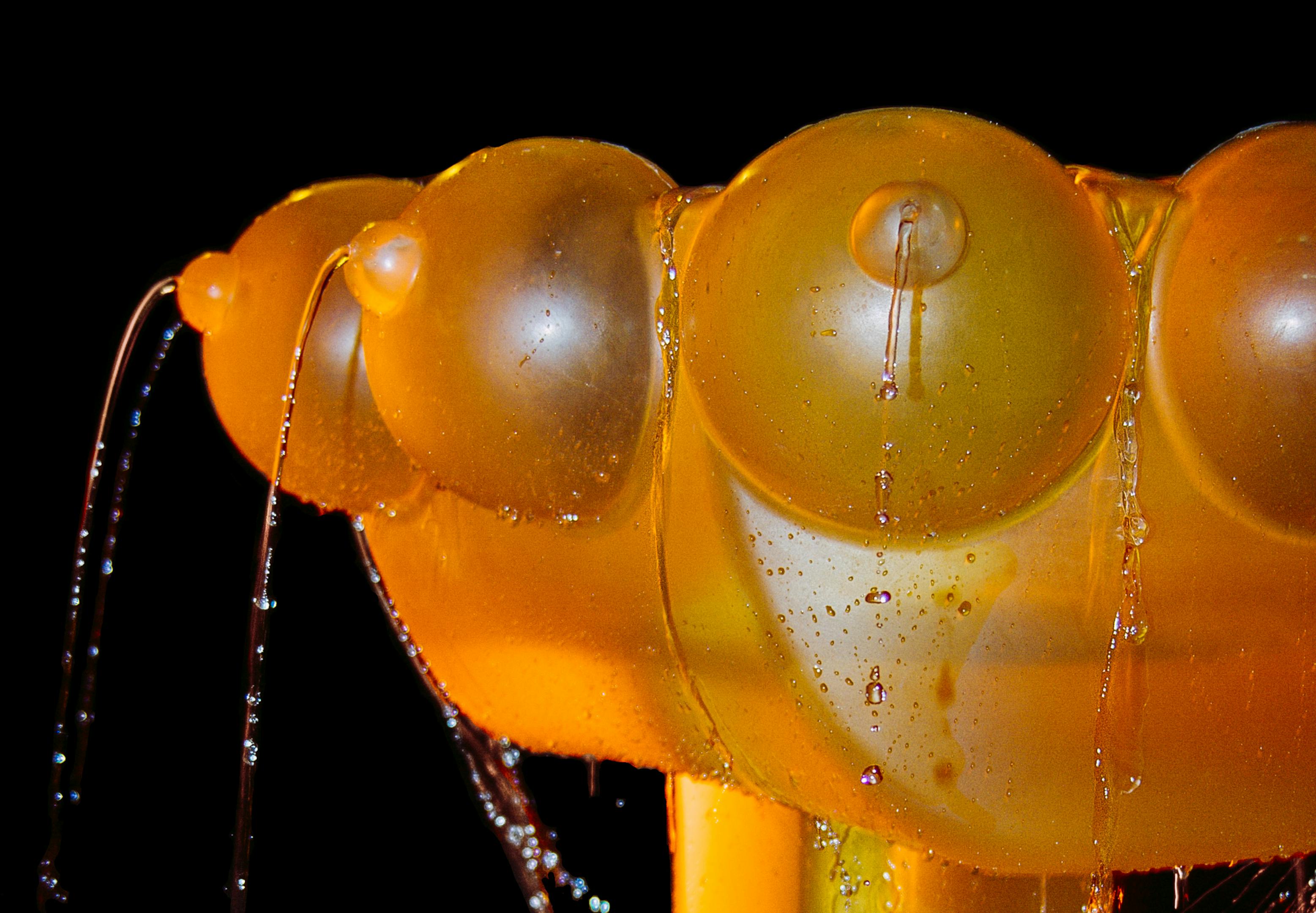
Richard Aybar
Richard Aybar expertly navigates the delicate balance between natural and synthetic elements. Profound understanding of the tactile qualities and historical context of his chosen materials lends a unique depth to his creations.
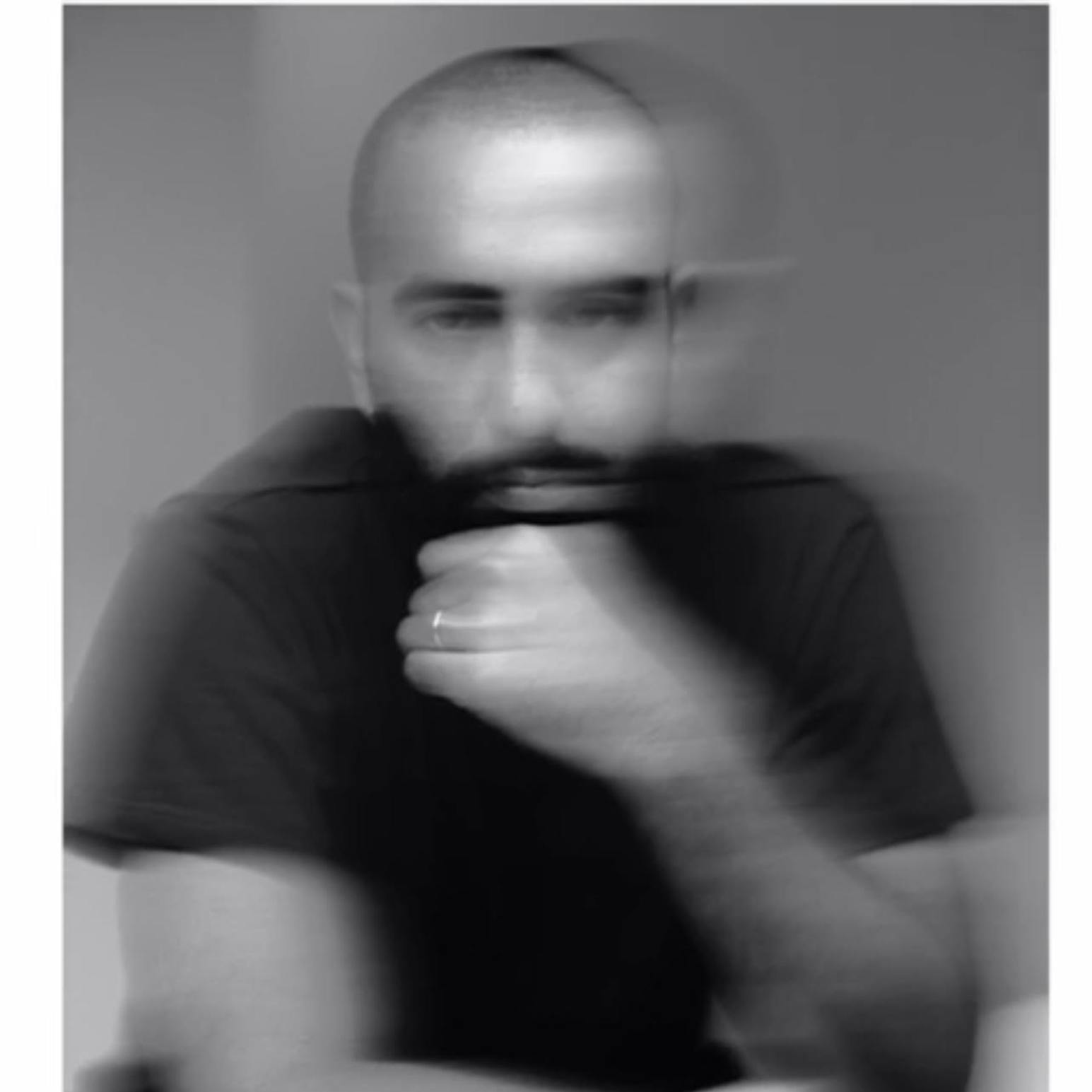
Sculptor and furniture designer Richard Aybar, the creative force behind RA Workshop, masterfully engages with materiality in his evocative creations. Born in New York City in 1983, Aybar explored his passion for romance literature at Wesleyan University before founding his studio in 2019 in Florida.
Aybar's engagement with materiality is a cornerstone of his work. He expertly navigates the delicate balance between natural and synthetic elements. His profound understanding of his chosen materials' tactile qualities and historical context lends a unique depth to his creations.
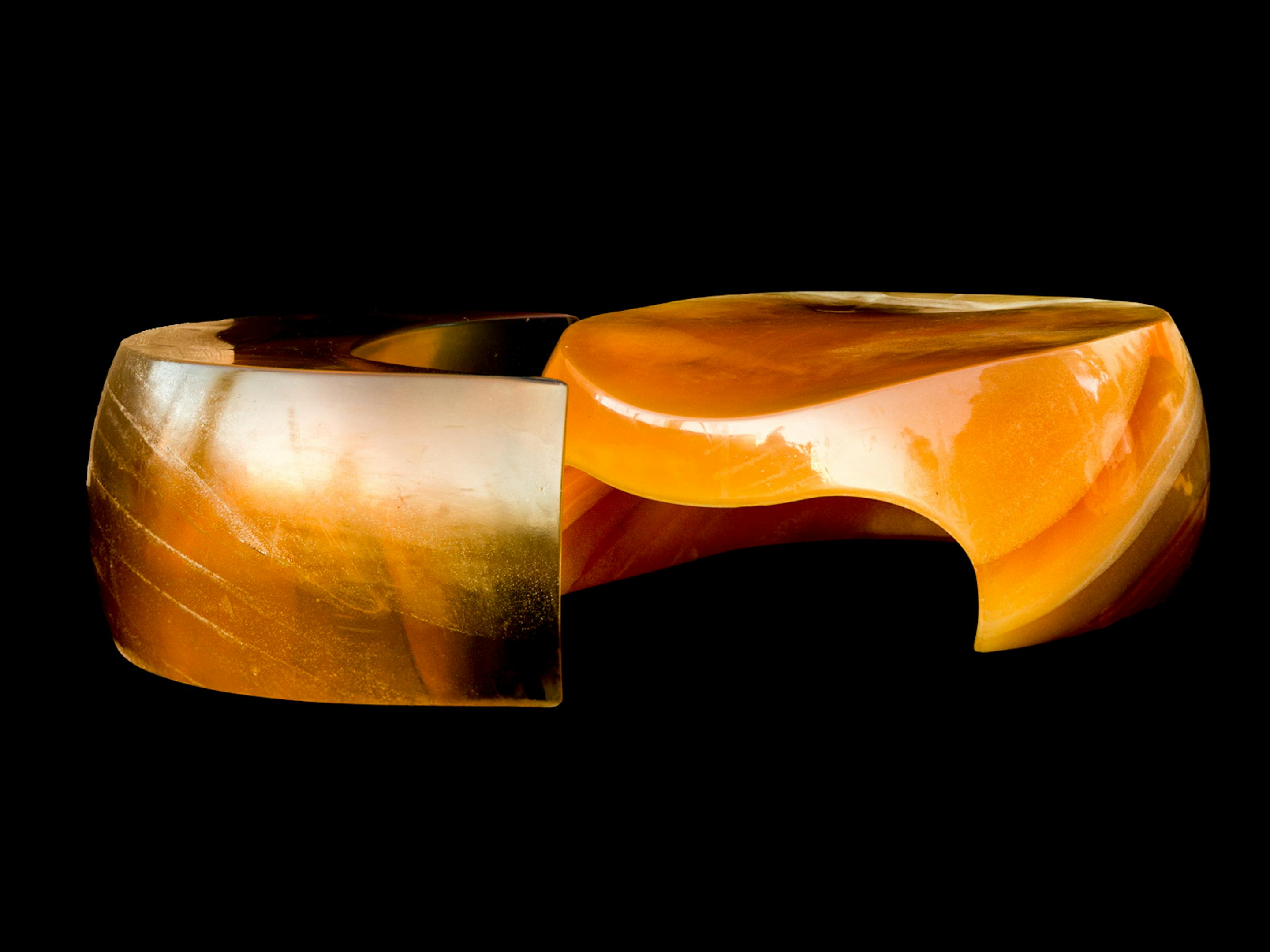

RUBBERWORKS
“The collection of gold tone incandescent objects in Richard Aybar’s breakthrough exhibition RUBBERWORKS are not a product of postmodern alchemy, but formed from organic primordial ooze. Cast in rubber, Aybar’s rocking chair, lamps, vases and innovative love seat table assume elementary and historicized shapes that accentuate their raw materiality. His functional and tactile designs invite us to marvel at their resistant, resplendent, and sumptuous textures. Suspended in captivating amber silhouettes, Aybar’s collection provokes our inherent attraction to this mysterious polymorphic substance, triggering our associations with both the materiality and iconography of his chosen medium, rubber.
Our physical and visual engagement with Aybar’s pieces signals a complex semiotic discourse present in his work. This collection of enigmatic objects simultaneously highlights and obfuscates the social and design histories behind Aybar’s unexpected material choice. Materiality is the central theme of Aybar’s design narrative. Rubber, with its myriad of forms and functions, when applied to art and design, assumes distinctly Baroque tropes as a dynamic, decadent, and duplicitous substance. Subverting design canon, Aybar manipulates this organic and industrial material in provocative ways, delving into the uncertain intersection of commodity and aesthetics.
RUBBERWORKS invites us to consider rubber beyond its application in industrial contexts and approach the unexplored potential of the material in domestic(?) design. Rubber’s ubiquitous presence in our daily lives is closely associated with the inorganic world and technological innovations that define our modern era. Aybar’s work treads the fine line between craft and industry and proposes that the two concepts can function in harmony. The process is critical to our exploration of Aybar’s methodology and conceptual vision. He fashions his moulds (something generally associated with uniformity and mass production) from free-hand sculpted forms. The resulting imperfect and uneven shapes signify the omnipresent designer’s hand while also alluding to the leitmotif of hands central to historic accounts of rubber collection and manufacturing.
The long and complicated process of rubber production is highlighted in Aybar’s accompanying video installation piece The White Blood of the Jungle. The video presents the social and material history of rubber and contextualizes its origins. Harvested from the flesh of vines and trees, rubber extraction conjures immediate associations with blood, milk, and semen. Like an element of humoral pathology, the white oozing substance is collected and drained in rainforests and is eventually transformed into the mundane industrial material we depend upon. Through a flood of visual imagery of condoms, medical equipment, sex toys and latex bodysuits, Aybar illustrates how rubber manages to collect, conduct, and repel human excretions that emulate rubber’s unrefined form. The compelling link between the carnal and industrial that rubber demonstrates cannot be ignored.
Beginning with the process of rubber extraction that precipitated centuries of human and environmental exploitation to rubber’s final rendered state applied to intimate objects associated with the human body, the seemingly innocuous matter is charged with social and political taboos. Juxtaposing the fraught social histories behind this material with his yielding tactile forms, Aybar cleverly plays with this concept of taboos in his designs, pairing physical comfort with existential unease.

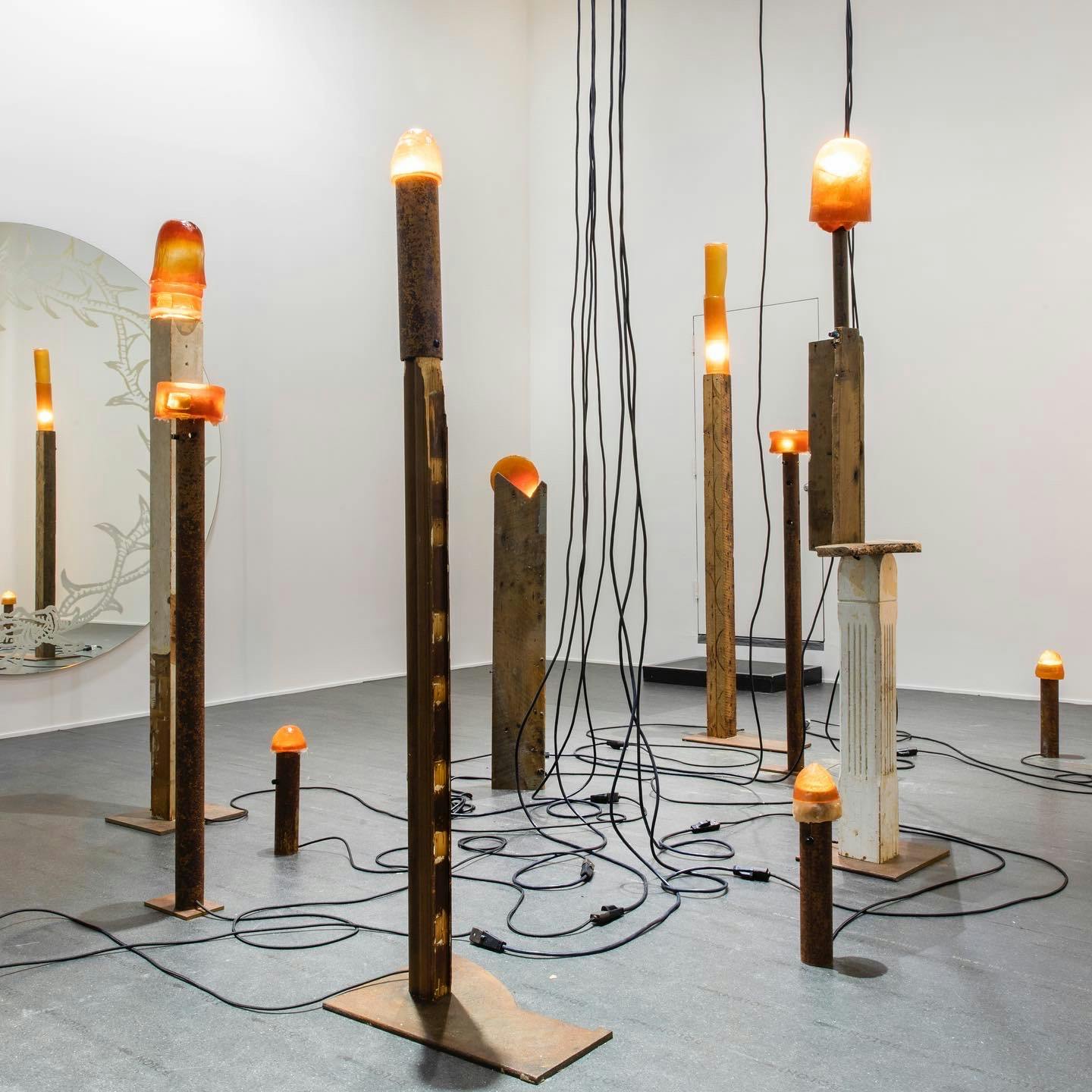
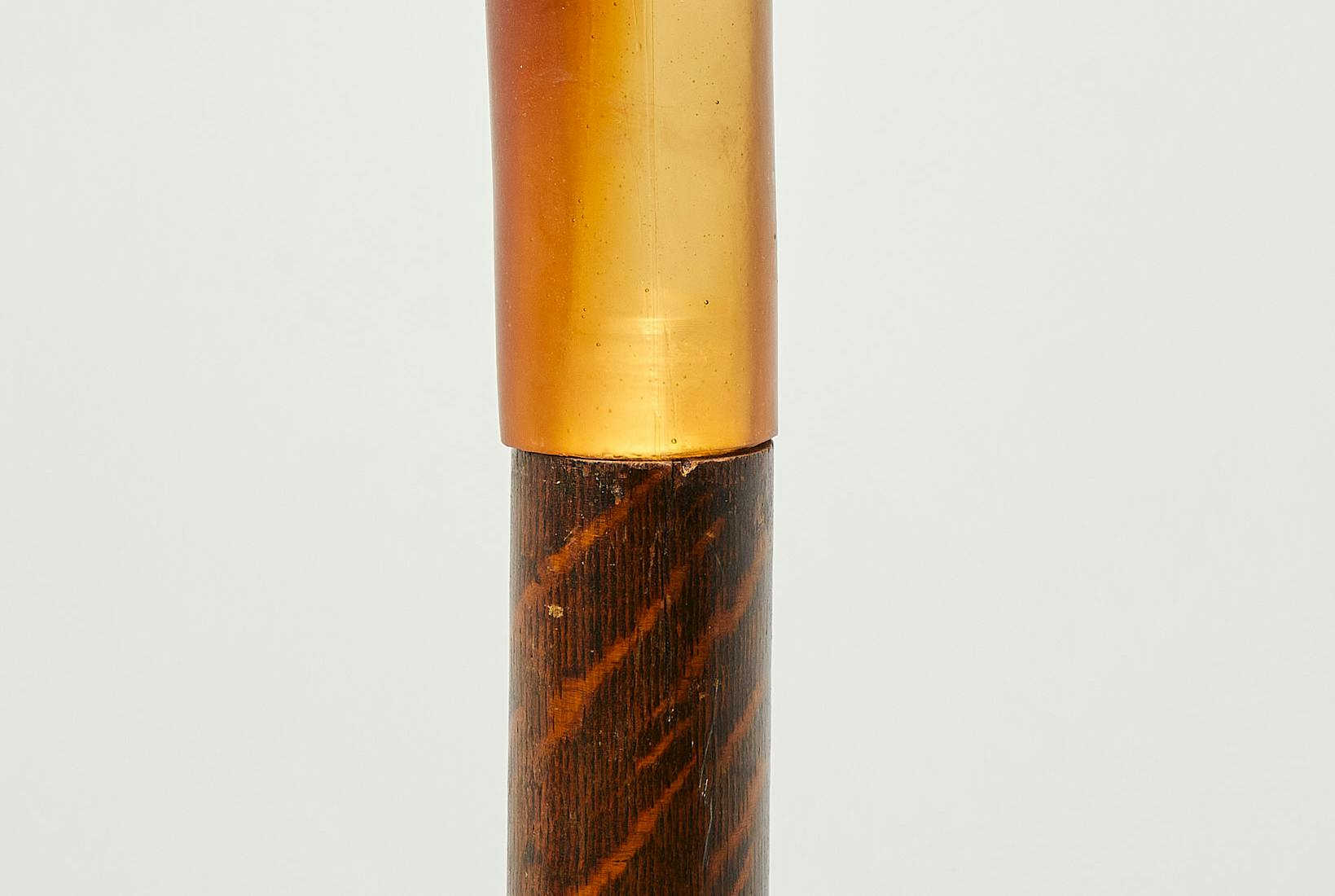
Aybar's current CDL Series, inspired by construction, demolition, and land debris, highlights his commitment to sustainable design and resourcefulness. The genesis of the series came from renovating a house along the Delaware River, where the artist meticulously repurposed the debris to create his signature sculptures. Integrating materials such as endangered American Chestnut, White Oak, Pine, and water-jet cut scrap metal, Aybar constructs his "Totems to Trash" to reflect the rural building practices of the northeastern United States the potential of these materials, while inviting viewers to contemplate their relationship with the environment and the impermanence of the built world.
The series showcases Aybar's ability to transform what others might discard into striking works of art. He caps each totem with mycelial-inspired urethane rubber castoffs, adding a touch of organic elegance to his one-of-a-kind creations. In both form and substance, Richard Aybar's work pays homage to the beauty of reuse and the endless possibilities of sustainable artistic expression.


